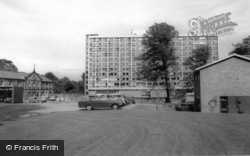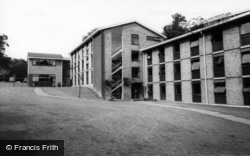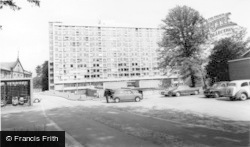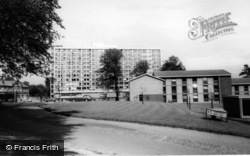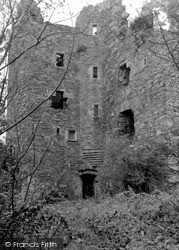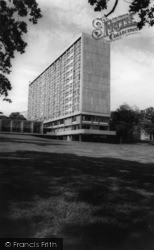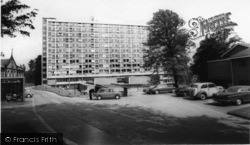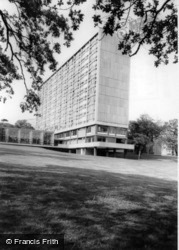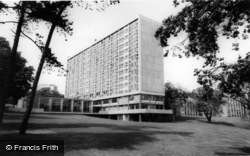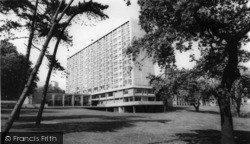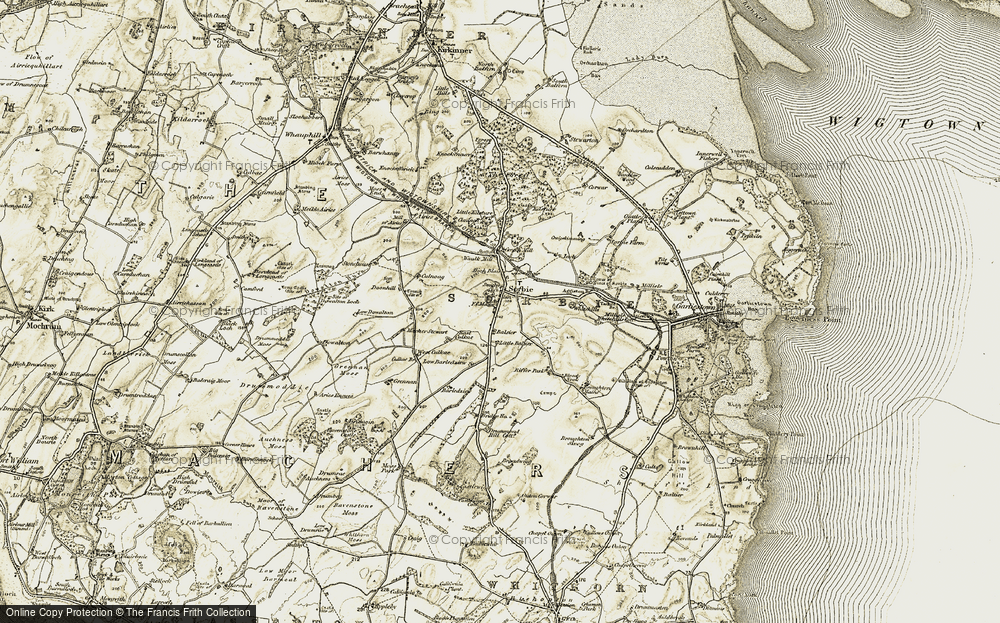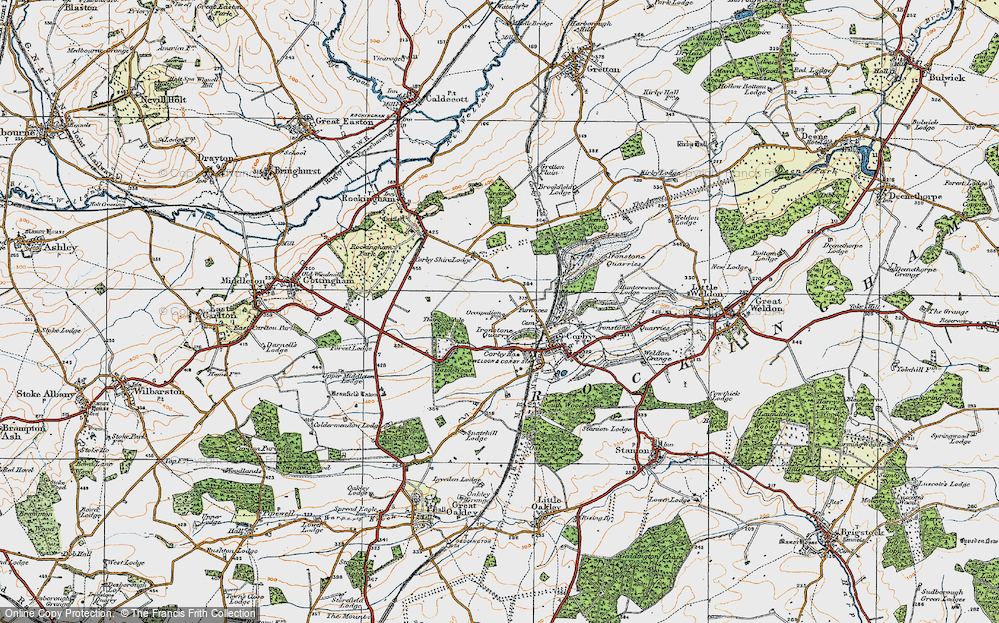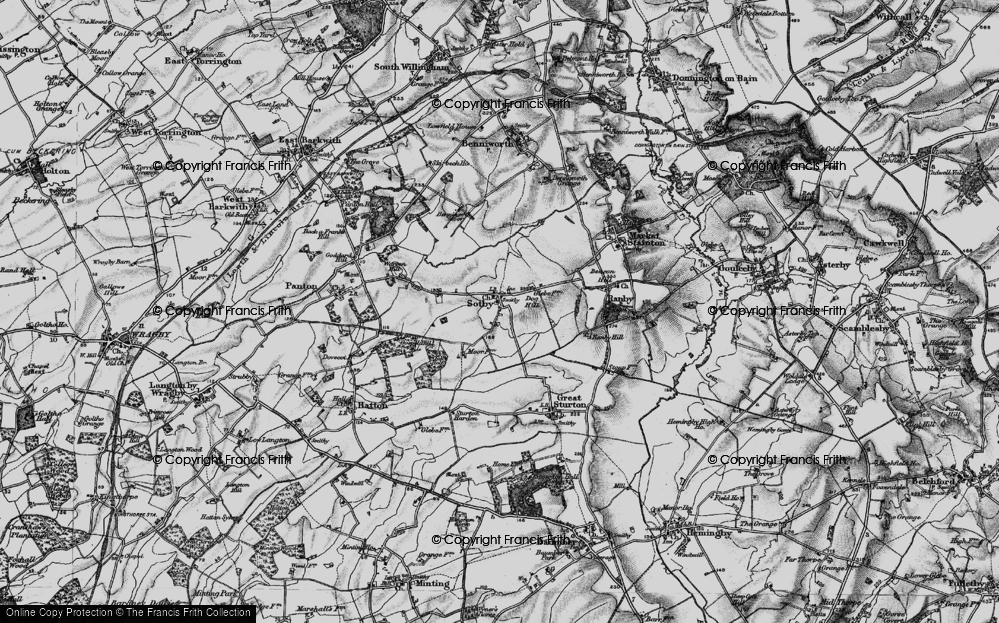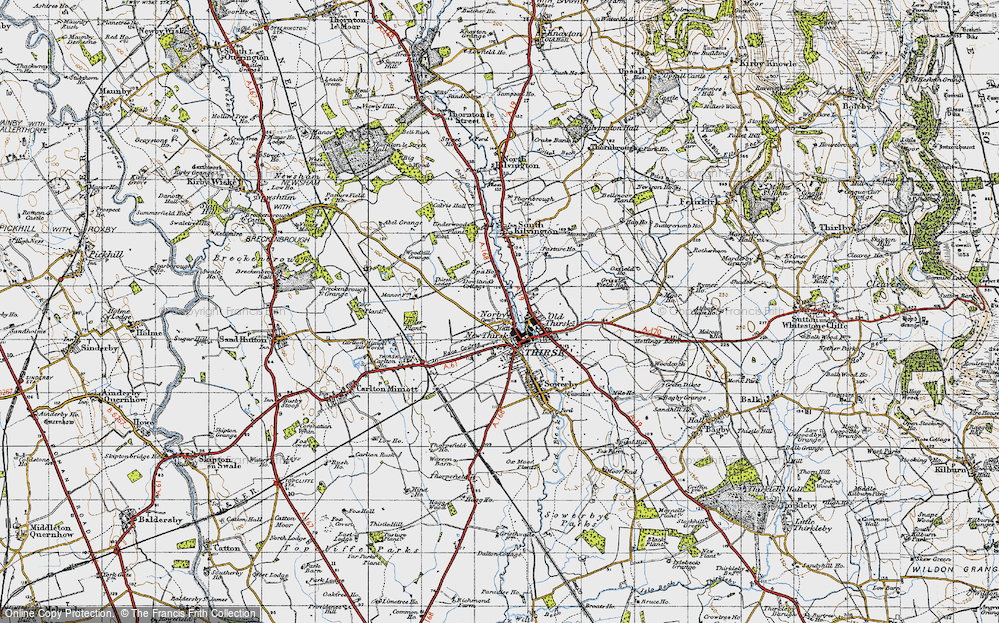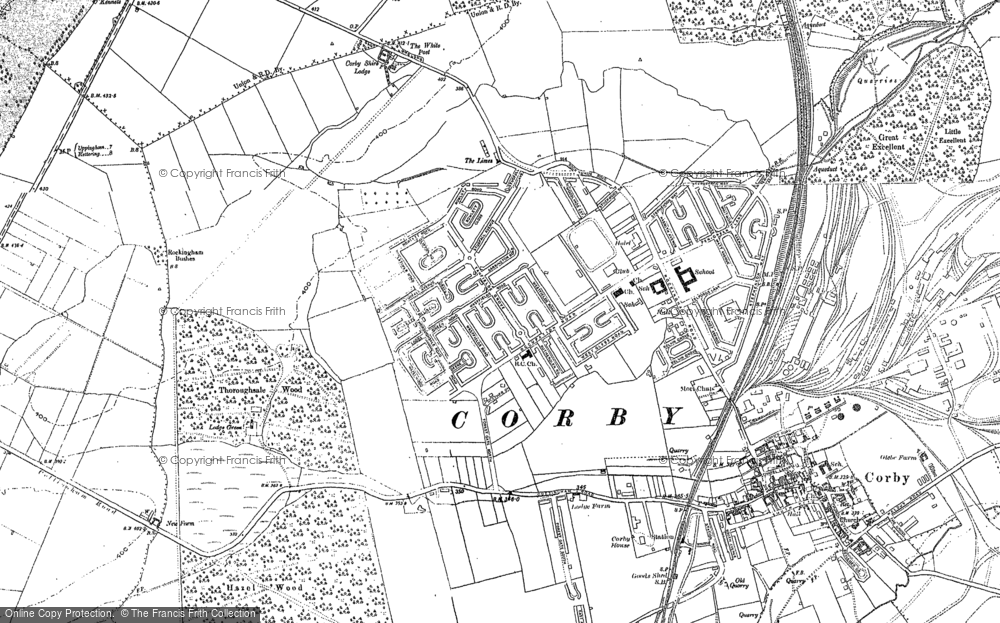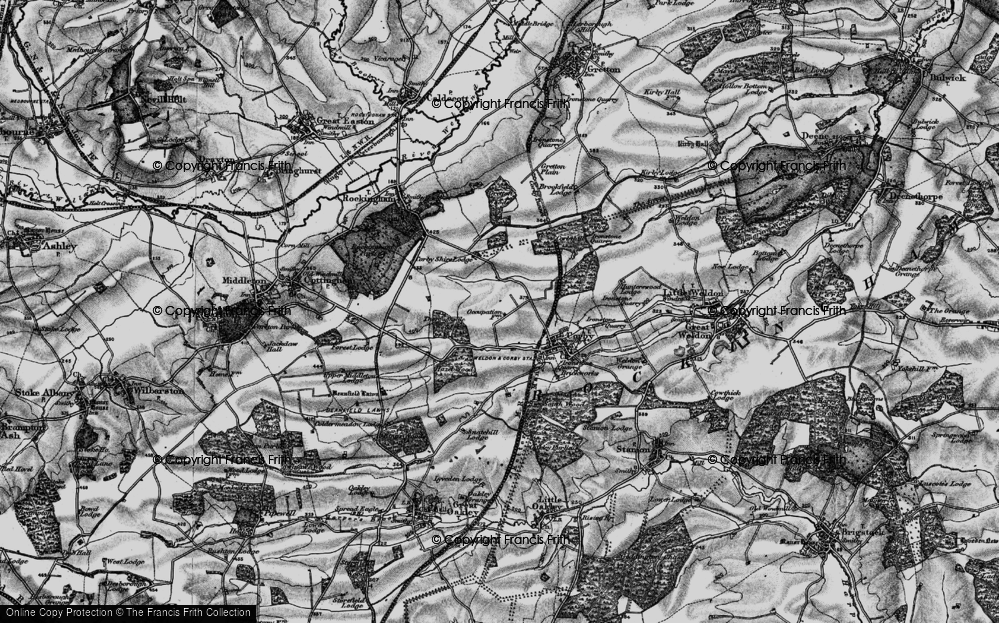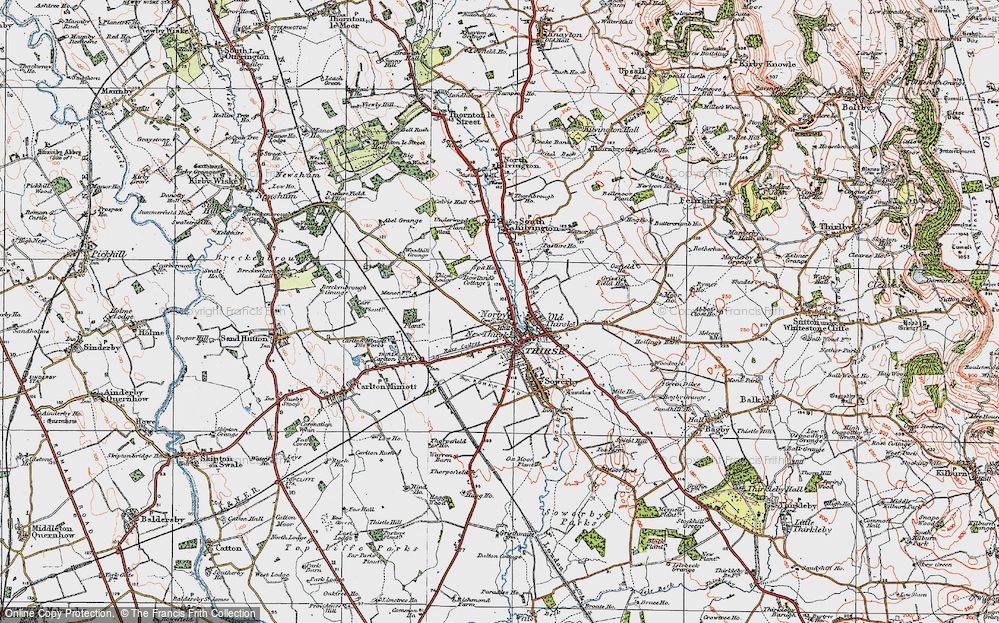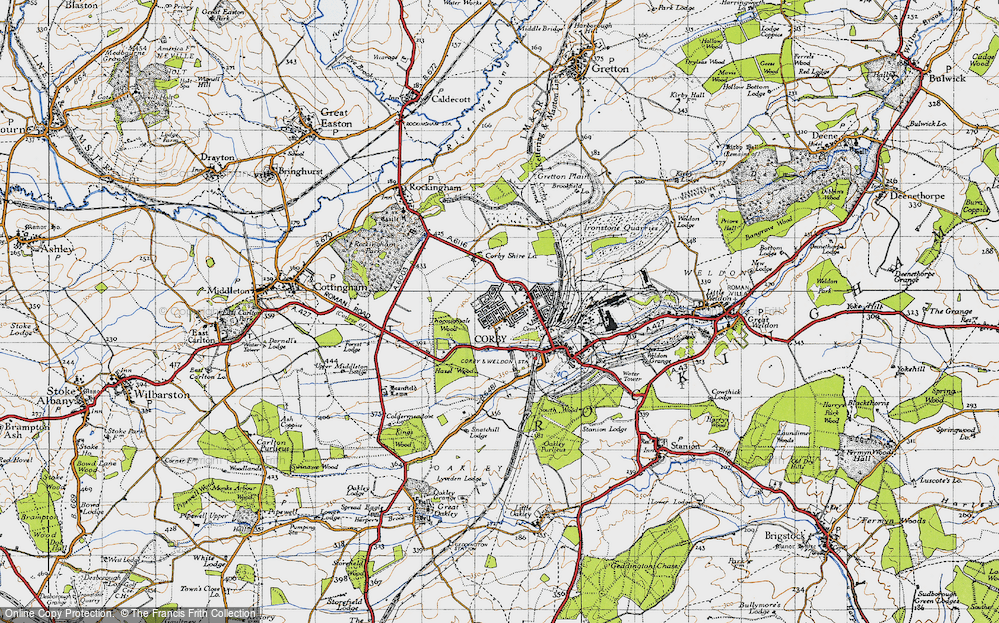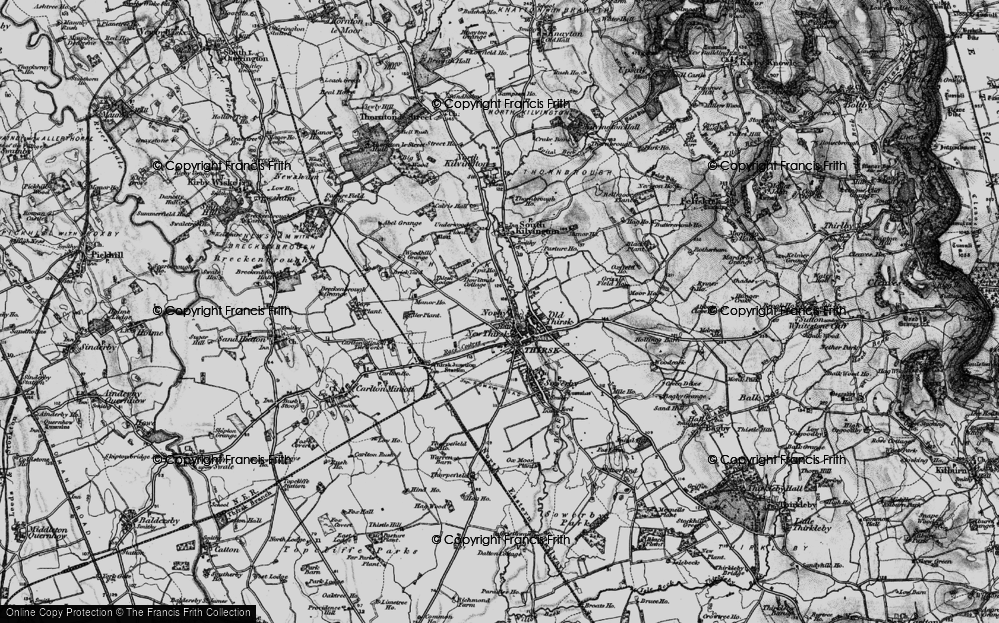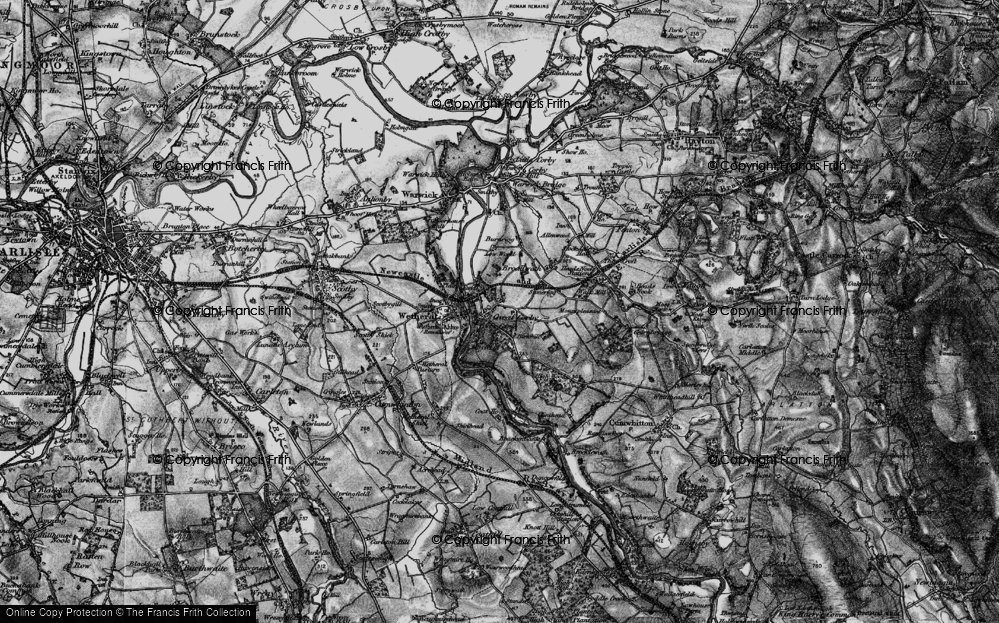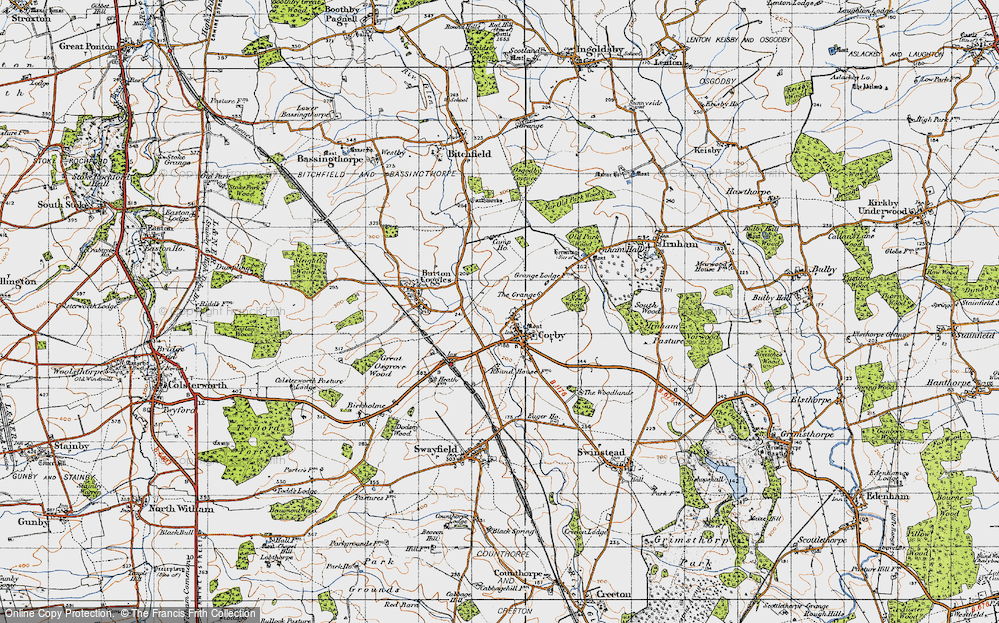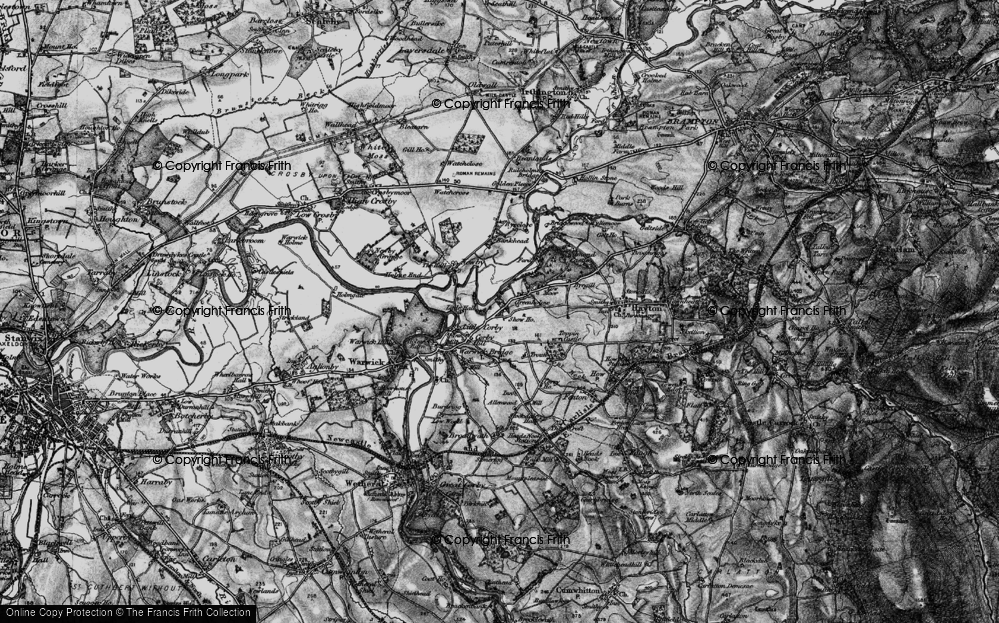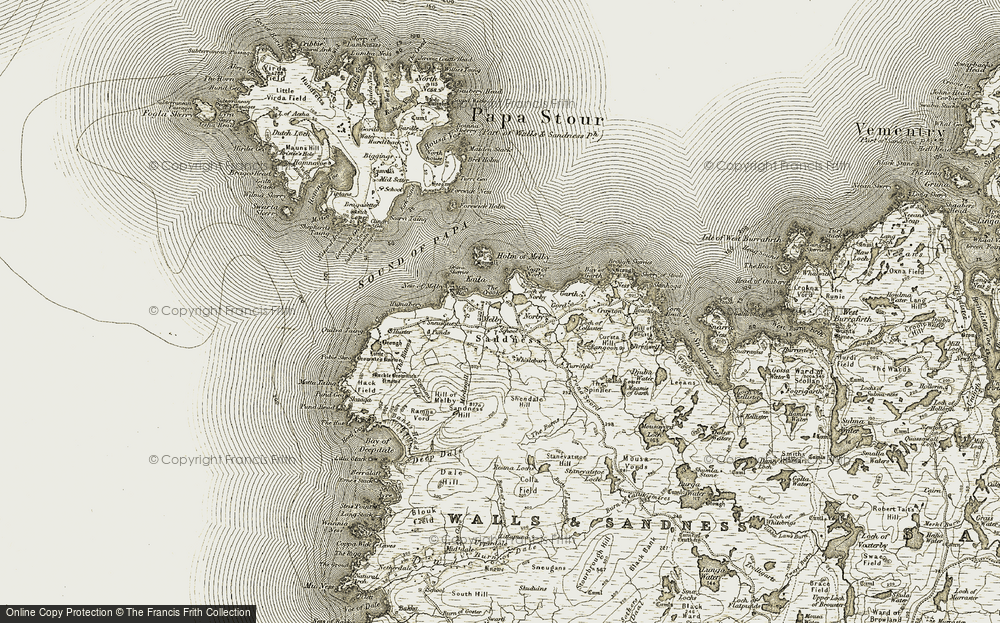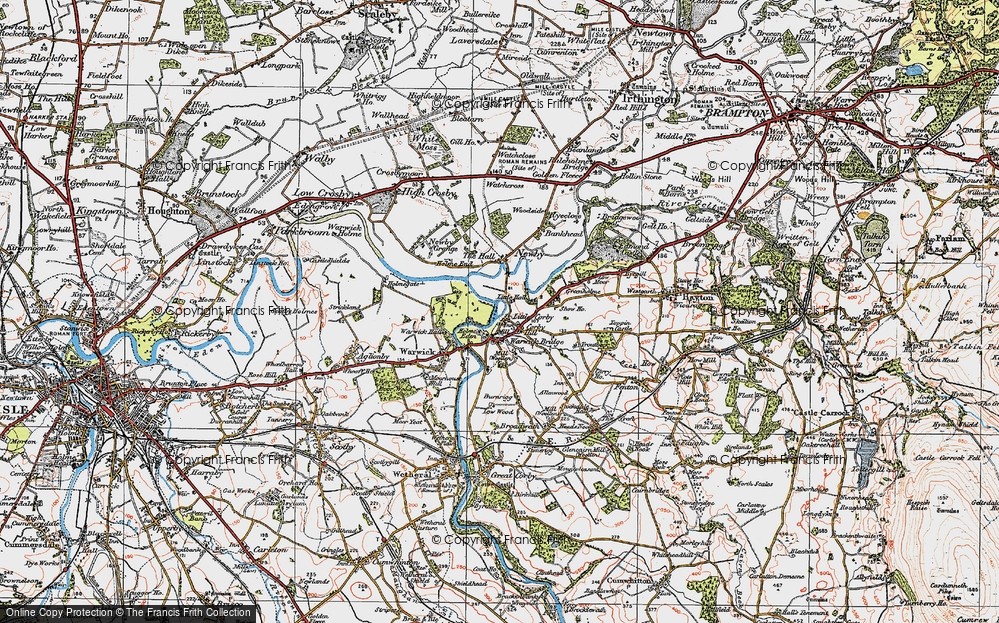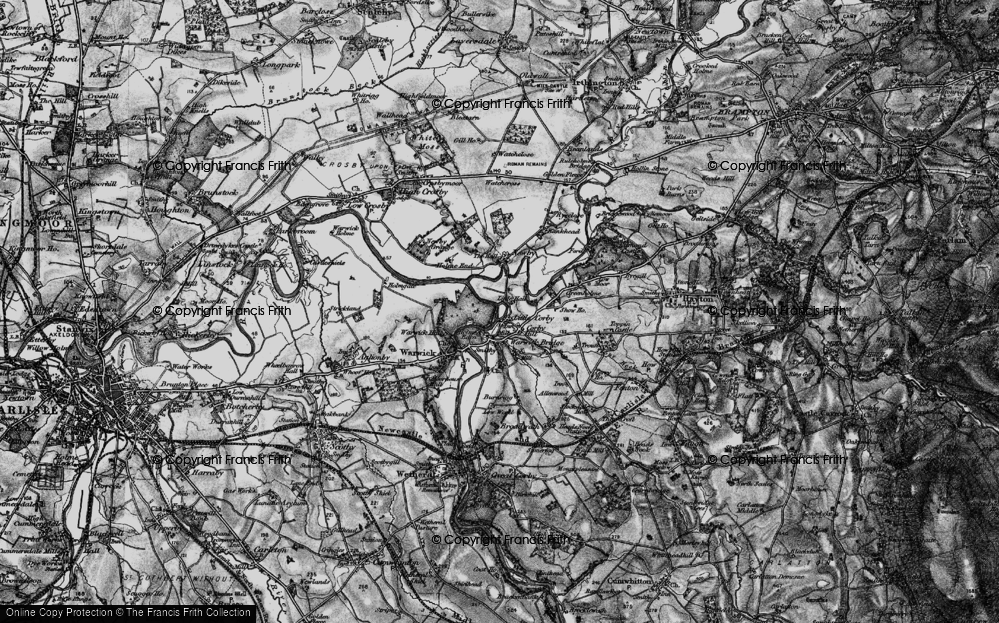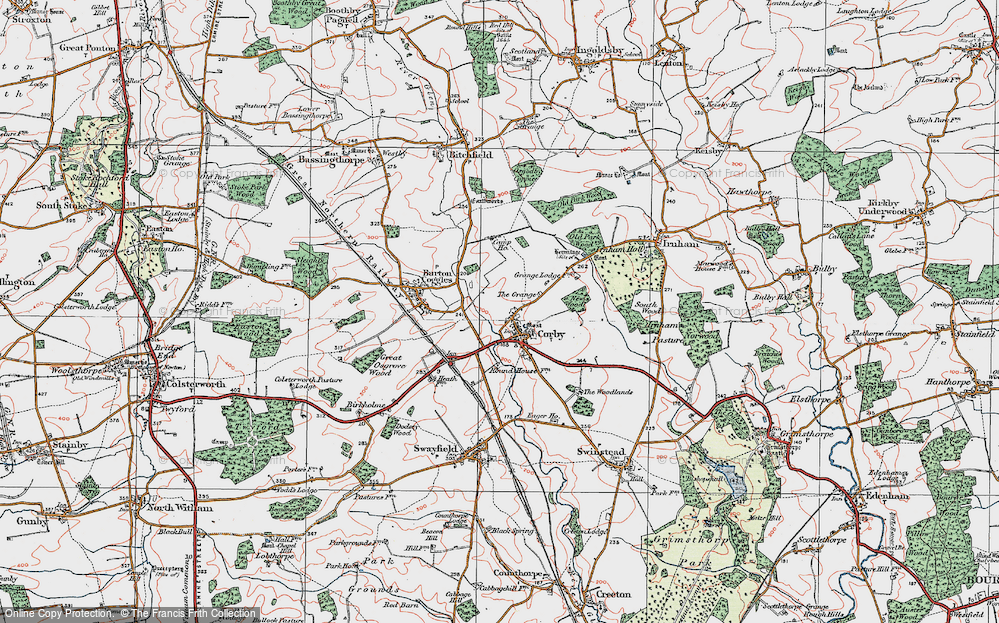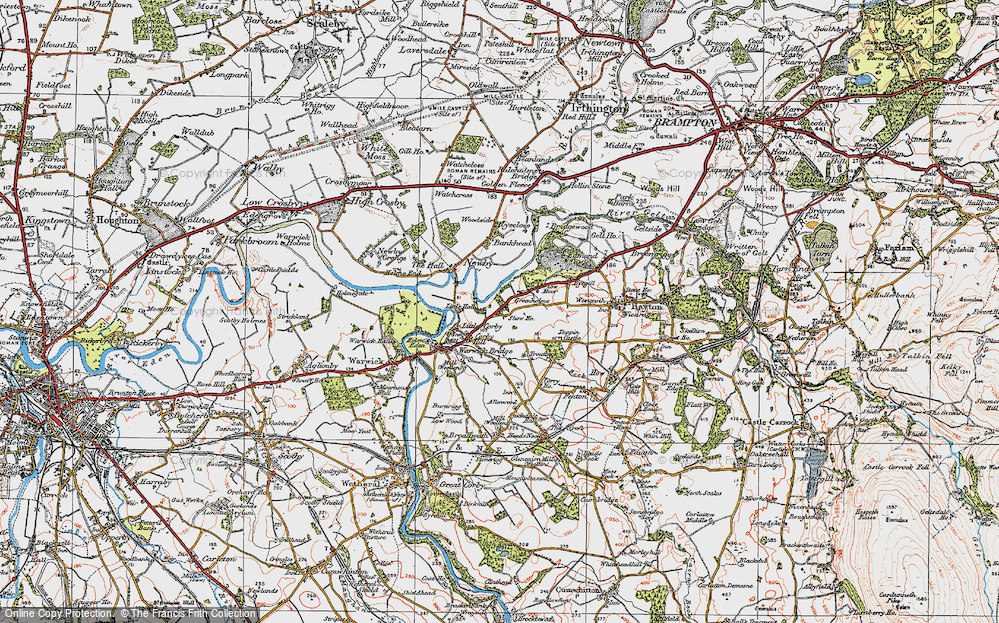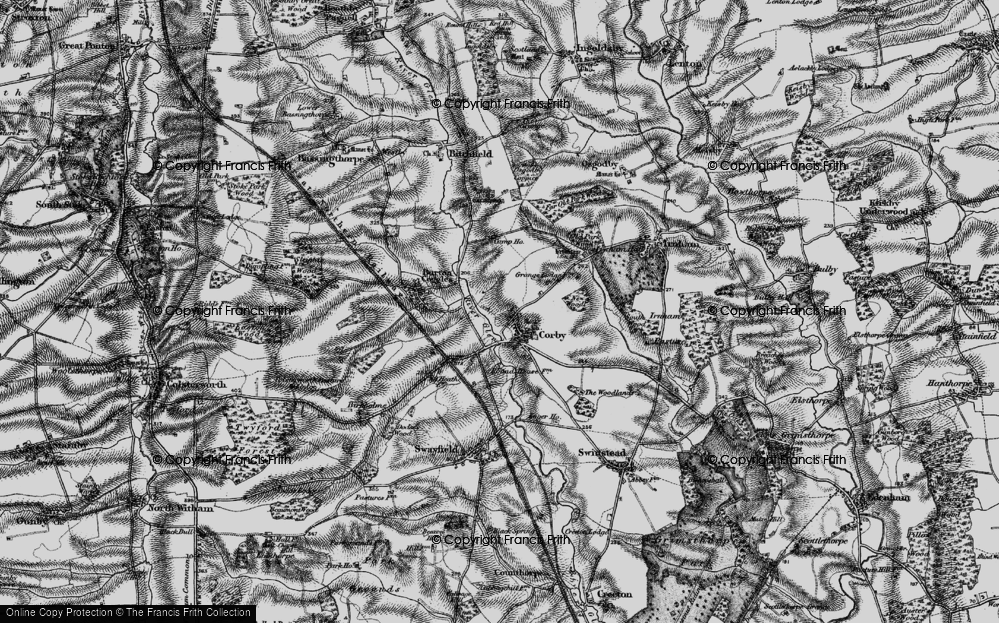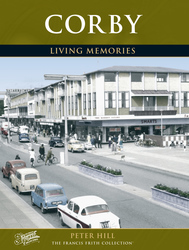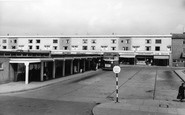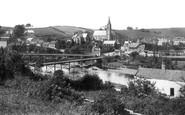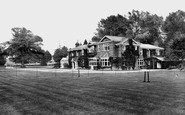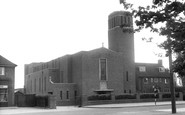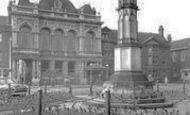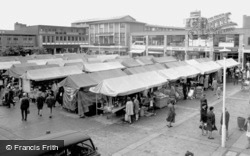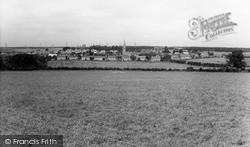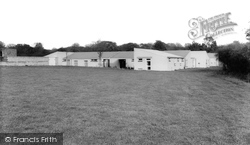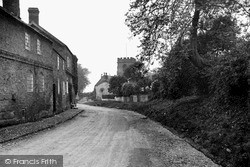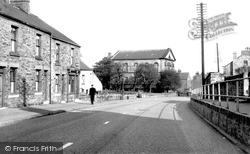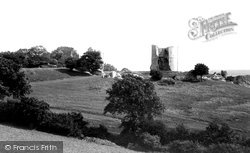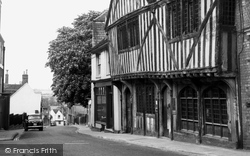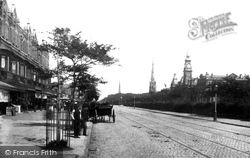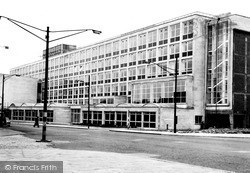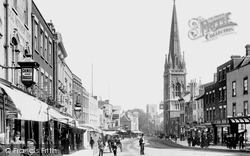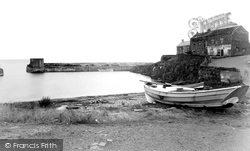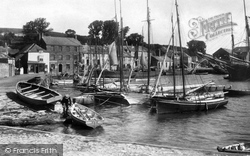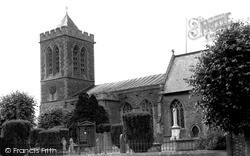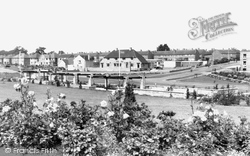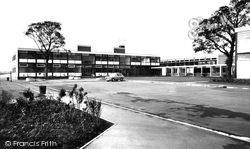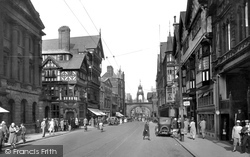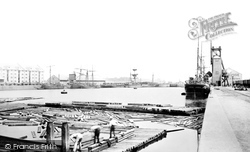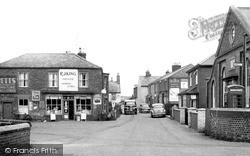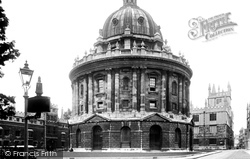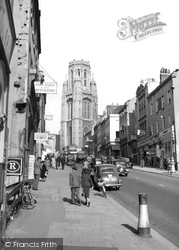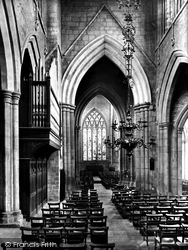Places
1 places found.
Those places high-lighted have photos. All locations may have maps, books and memories.
Photos
11 photos found. Showing results 1 to 11.
Maps
40 maps found.
Memories
107 memories found. Showing results 1 to 10.
Moat Mount Youth Fc.
Not long after the completion of Worcester Crescent and Bedford Road, the construction of Ramillies Road I had acquired a large number of new friends, all boys. My parents had moved from Woodford Essex to 52 Worcester Crescent ...Read more
A memory of Mill Hill by
I Live In Corby From 1968 Untill 1980
i was a bus conductor from 1969 untill 1976 i first lived in selby walk and from 1971 in arundel walk i was married to tina and we had two chrildren a girl kim who died at 7months and a boy trevor who we lost when he was four months old a year later
A memory of Corby by
Featured Buildings.
The large building on the left edge of the photograph is Ruswarp Mill. A mill has been here since Saxon times and the first written record of this mill appears in the Domesday book. The name Ruswarp may have originated from the ...Read more
A memory of Ruswarp by
Childhood Adventure
I'm not prepared to reveal my real name online, however I was a child during the 70's the duration of which was spent in Warnham. This house belonged to some old dear I met only a couple of times, she was housebound ...Read more
A memory of Warnham Court School in 1977 by
My Dad's Memories Of The Boys Garden City (Bgc)
My Dad, Thomas Brisland lived at the BGC for 9 years from around 1924. He was housed in Natal Cottage with 34 other boys and they were cared for by a matron and a house mother. The matron was Mrs. ...Read more
A memory of Woodford Bridge by
Our Lady Of Walsingham Church And School
Attending the Senior School, my memories are of the dinner dances that where held in the school hall to raise money to pay for the church and school, many of the events where organised by the local church ...Read more
A memory of Corby in 1961 by
Hopedene
I was born in Hopedene at the beginning of July 1960. I think it was good neutral territory as my father was Nursing at the General, and my mother was a Physio at the RVI. They had moved down to Corby at the start of the ...Read more
A memory of Elswick in 1960 by
Beanfield Secondary
I was in that class at Beanfield Secondary and remember, Jim Drummond, Ray Shillitoe,Pete Bird and also Mick Hambly, Clive Evans, Ann Francis, Irene Mitchell, Jim Gardener, John Gamble, Michael Parker and others. I lived on the ...Read more
A memory of Corby in 1965 by
Some Childhood Years In Sorbie 1932 T0 1937
The family moved from Reay in Caithness to Sorbie in 1932 - I was 2 years old and had a sister who was 12 years old and a brother, 10 years old, so there was a huge difference in ages and I was brought up ...Read more
A memory of Sorbie in 1930 by
Ww11 Leeds Evacuees.
I was one of so many 10 year olds that arrived in East Retford Sept 1939. I was so lucky to have been cared for by caring loving families in Retford for five years. The most happiest childhood memories of my life. I have cherished those memories for the the last 69 years. God Bless East Retford.
A memory of Retford in 1930 by
Captions
89 captions found. Showing results 1 to 24.
Corby was originally a village, but by 1950 its population had increased enormously; during that year it was given New Town status.
The electricity pylons march towards Corby just over the distant horizon. By 1960, the village was surrounded by housing estates.
With nearby Kettering having the only proper medical facilities for a large population in the area, it was necessary for Corby to have something closer to home.
This photograph shows Eccleston church about ten years before it was rebuilt in the style of the 14th century by G F Bodley; the work was paid for by the first Duke of Westminster.
The first Wesleyan chapel opened in 1807, paid for by the Wells family in memory of George Wells.
The ruins are now cared for by English Heritage. Leigh-on-Sea
This view looks in the opposite direction to view C136050, downhill to the heart of the Dutch Quarter, past the former Angel Inn dating from about 1450 and now well cared for by a firm of solicitors
On the right is the clock tower of Cambridge Hall; the clock and chimes were paid for by William Atkinson.
One of the university's architecturally more interesting buildings is the Brotherton Library, paid for by Lord Brotherton and containing over 500,000 volumes, including its benefactor's private collection
One of the university's architecturally more interesting buildings is the Brotherton Library, paid for by Lord Brotherton and containing over 500,000 volumes, including its benefactor's private collection
This view looks in the opposite direction to view C136050, downhill to the heart of the Dutch Quarter, past the former Angel Inn dating from about 1450 and now well cared for by a firm of solicitors
It was paid for by the Craster family and built between 1906 and 1910 as a memorial to a member of the family, who appears to have died in Tibet.
Different shapes and sizes of craft indicate the variety of classes catered for by this versatile harbour, which at one time was an active centre for ship building and repair.
A new clock was installed in the tower in 1884, paid for by public subscription.
to the east, this building is now part of the Corby Health Complex, which includes the Lakeside Surgery and an occupational therapy/health centre, both out of view to the west.
comprehensive, its name was changed to Beanfield School; it flourished until 1999, whereupon it was closed and subsequently merged with Queen Elizabeth School in the town centre to form Corby
The gate was built in the late 1760s, paid for by Lord Grosvenor. On the right of the picture we have an example of twentieth century half-timber revival.
One of the university's architecturally more interesting buildings is the Brotherton Library, paid for by Lord Brotherton and containing over 500,000 volumes, including its benefactor's private collection
A new dock was authorised by Act of Parliament in 1881 and was opened in 1882, partly paid for by the Great Northern Railway, who extended a branch line to it.
More spiritual needs are catered for by the Methodist chapel on the right, built in 1876. The sea is just beyond the dunes in the distance.
Designed by James Gibbs and completed in 1749, the Radcliffe Camera was paid for by a bequest from John Radcliffe, and originally housed a collection of books provided by him.
Incorporated in 1909, the main university buildings were paid for by Sir George Arthur Wills and his brother Henry Herbert Wills in memory of their father.
Paid for by the priory of Lewes in Sussex in about 1300, the architecture represents a triumph of the stone mason's art, so much so that the church was championed as a possible contender for the new cathedral
The Town Hall, built in 1766 by William Chambers and paid for by the Duke of Marlborough, has a prominent site overlooking the Market Place.
Places (1)
Photos (11)
Memories (107)
Books (1)
Maps (40)


